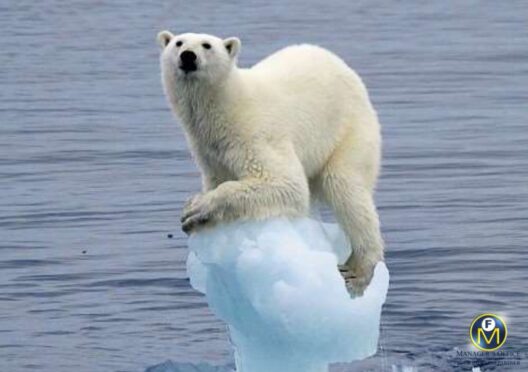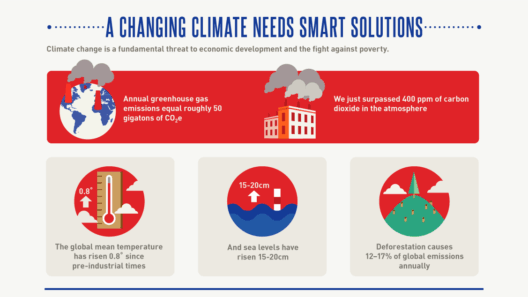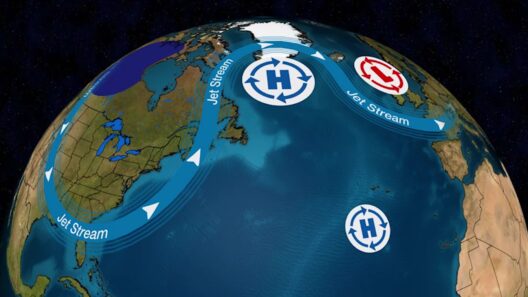Climate change, as a phenomenon affecting the Earth’s ecosystems, has deep historical roots stretching back several centuries. Although the terminology and scientific understanding of climate change have evolved over time, awareness of environmental issues and their implications can be traced back to the early observations of naturalists and scientists. This narrative unravels the timeline of climate change awareness, emphasizing pivotal moments and figures who contributed to an evolving perspective on this critical global issue.
The dawn of scientific inquiry into atmospheric phenomena can be credited to the late 18th century. In 1784, British scientist Joseph Priestley discovered that certain gases, when introduced into the atmosphere, could affect the climate. His experiments laid the groundwork for what would later be understood as the greenhouse effect, although the acknowledgment of its implications remained nascent. The industrial revolution had yet to ensue; thus, discussions were largely theoretical.
Fast forward to the mid-19th century, when the connection between human activity and atmospheric changes garnered further attention. In 1856, American scientist Eunice Foote presented the first experimental evidence that carbon dioxide (CO2) concentrations in the atmosphere could affect temperature. Her findings were initially overshadowed but later resonated with the burgeoning community of scientists concerned with atmospheric changes. Foote’s contribution signaled a burgeoning recognition that humankind had the potential to influence climatic conditions.
The 1890s brought another crucial milestone when Swedish chemist Svante Arrhenius posited that increasing CO2 levels from burning fossil fuels could lead to a rise in global temperatures. His groundbreaking work identified the correlation between emissions and temperature fluctuations—insight that would form the bedrock of future climate science. Nevertheless, mainstream acceptance of these theories remained elusive, buried under the era’s rapid industrial expansion and a prevailing belief in economic progress.
The 20th century ushered in a new wave of environmental consciousness. The post-World War II period saw the rise of scientific data collection and analysis that lent credence to the notion of climate variability. In 1958, Charles David Keeling initiated the Keeling Curve, a groundbreaking graph that illustrated the relentless rise in atmospheric CO2 levels measured at the Mauna Loa Observatory in Hawaii. His meticulous data collection illuminated the stark reality of escalating greenhouse gas concentrations—heralding the onset of a global environmental movement.
As the 1960s unfolded, a confluence of scientific understanding and burgeoning environmental activism catalyzed a shift in public perception. The publication of Rachel Carson’s seminal book, “Silent Spring,” in 1962 played an instrumental role in galvanizing public awareness about the deadly consequences of pesticide use. While Carson’s focus was primarily on chemical pollutants, the implications for environmental health resonated deeply within the discourse on ecological stewardship, fortifying the case for climate awareness.
The decade culminated in the first Earth Day celebration in 1970. This collective mobilization emphasized the urgency of confronting environmental degradation and embraced a broader understanding of the interconnectedness of ecological systems. As millions participated worldwide, the ethos of environmental advocacy took a definitive shape, giving rise to organizations and policies aimed at addressing various environmental issues, including climate change.
The establishment of the United Nations Environment Programme (UNEP) in 1972 marked a significant turning point. It welcomed international collaboration to address global environmental challenges, including climate issues. The 1988 formation of the Intergovernmental Panel on Climate Change (IPCC) entrenched climate change into the global policy agenda, providing a platform for scientific assessment and extensive research on climate-related phenomena.
The 1990s were characterized by a notable uptick in international dialogue and action regarding climate change. The Earth Summit in Rio de Janeiro in 1992 produced the United Nations Framework Convention on Climate Change (UNFCCC), emphasizing the need for coordinated international strategies. The signing of the Kyoto Protocol in 1997 set legally binding commitments for developed countries to reduce greenhouse gas emissions, highlighting the dire recognition of climate change as a global issue requiring multifaceted approaches.
A renewed focus on climate change continued into the 21st century. The enactment of the Paris Agreement in 2015 represented a watershed moment in global efforts toward limiting temperature rise to well below 2 °C above pre-industrial levels. This accord fueled a collective ambition to mitigate climate change and catalyzed new initiatives aimed at promoting sustainable practices across nations. Yet, despite these advancements, skepticism and resistance had infiltrated political spheres, rendering decisive action increasingly complex.
The contemporary narrative surrounding climate change emphasizes the undeniable visibility of its impacts—extreme weather events, rising sea levels, and widespread biodiversity loss remind us of the urgent necessity for sustained environmental stewardship. The corpus of historical knowledge underscores that while progress has been made toward environmental awareness, the journey is far from over. Transformative environmental policies and individual adoption of sustainable practices are integral to pivoting the trajectory of our planet’s future.
As we reflect on the historical arc of climate change awareness, it is essential to recognize that our understanding is a tapestry woven through centuries of observation, advocacy, and scientific inquiry. The enigmatic interplay between human actions and Earth’s climatic systems continues to provoke curiosity and challenge us to reconsider our relationship with the environment. The responsibility now resides with each generation to carry forth the legacy of environmental awareness, ensuring that the clarion call for action reverberates through time.







